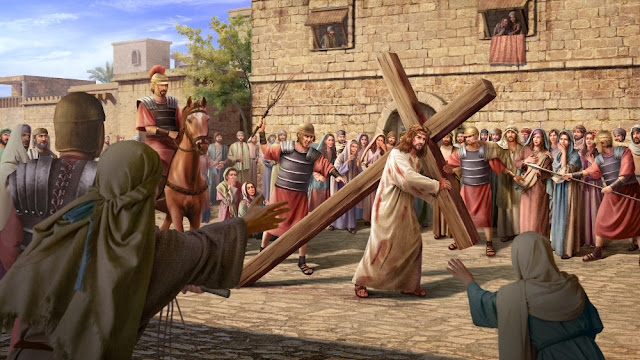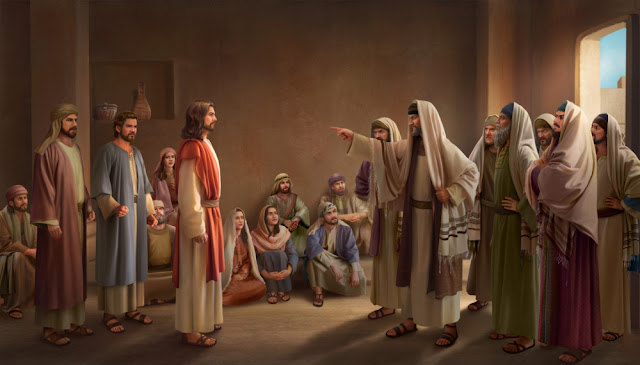
When Jesus began to perform His ministry, the Holy Spirit began to testify to the name of Jesus, and the name of Jehovah was no longer spoken of, and instead
the Holy Spirit began the new work principally under the name of Jesus. The testimony of those who believed in Him was borne for Jesus Christ, and the work they did was also for Jesus Christ.The conclusion of the Old Testament Age of Law meant that the work principally conducted under the name of Jehovah had come to an end. After this, the name of God was no longer Jehovah; instead
He was called Jesus, and from here on the Holy Spirit began the work principally under the name of Jesus. … Why is it that Jehovah and Jesus are one, yet They are called by different names in different ages? Is it not because the ages of Their work are different? Could a single name represent God in His entirety? In this way, God must be called by a different name in a different age, must use the name to change the age and represent the age, for no one name can fully represent God Himself. And each name can only represent God’s disposition during a certain age and needs only to represent His work. Therefore, God can choose whatever name befits His disposition to represent the entire age. Regardless of whether it is the age of Jehovah,
or the age of Jesus, each age is represented by a name.
from “The Vision of
God’s Work (3)” in The Word Appears in the Flesh
During the Age of Grace, the name of God was Jesus, which means that God was a God who saved man, and that He was a compassionate and loving God. God was with man. His love, His compassion, and His
salvation accompanied each and every person. Man could only gain peace and joy, receive His blessing, receive His vast and numerous graces, and receive His salvation if man accepted the name of Jesus and accepted His presence. Through the crucifixion of Jesus, all those who followed Him received salvation and were forgiven their sins. During the Age of Grace, the name of God was Jesus. In other words, the work of the Age of Grace was done principally under the name of Jesus. During the Age of Grace, God was called Jesus. He did new work beyond the Old Testament, and His work ended with the crucifixion, and that was the entirety of His work.
from “The Vision of God’s Work (3)” in The Word Appears in the Flesh
“Jesus” is Emmanuel, and it means the sin offering that is full of love, full of compassion, and redeems man. He did the work of the Age of Grace, and represents the Age of Grace, and can only represent one part of the management plan. … Only Jesus is the Redeemer of mankind. He is the sin offering that redeemed mankind from sin. Which is to say, the name of Jesus came from the Age of Grace, and existed because of the work of redemption in the Age of Grace. The name of Jesus existed to allow the people of the Age of Grace to be reborn and saved, and is a particular name for the redemption of the whole of mankind. And so the name Jesus represents the work of redemption, and denotes the Age of Grace. The name Jehovah is a particular name for the people of Israel who lived under the law. In each age and each stage of work, My name is not baseless, but holds representative significance: Each name represents one age. “Jehovah” represents the Age of Law, and is the honorific for the God worshiped by the people of Israel. “Jesus” represents the Age of Grace, and is the name of the God of all those who were redeemed during the Age of Grace.
from “The Savior Has Already Returned Upon a ‘White Cloud’” in The Word Appears in the Flesh












